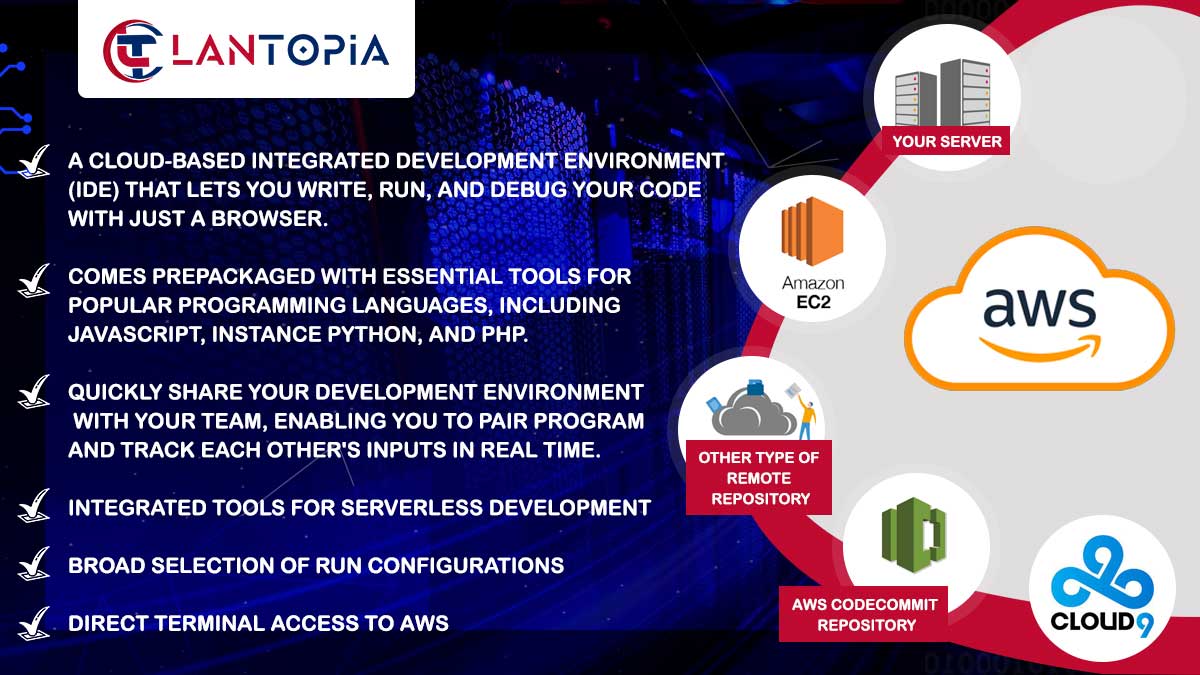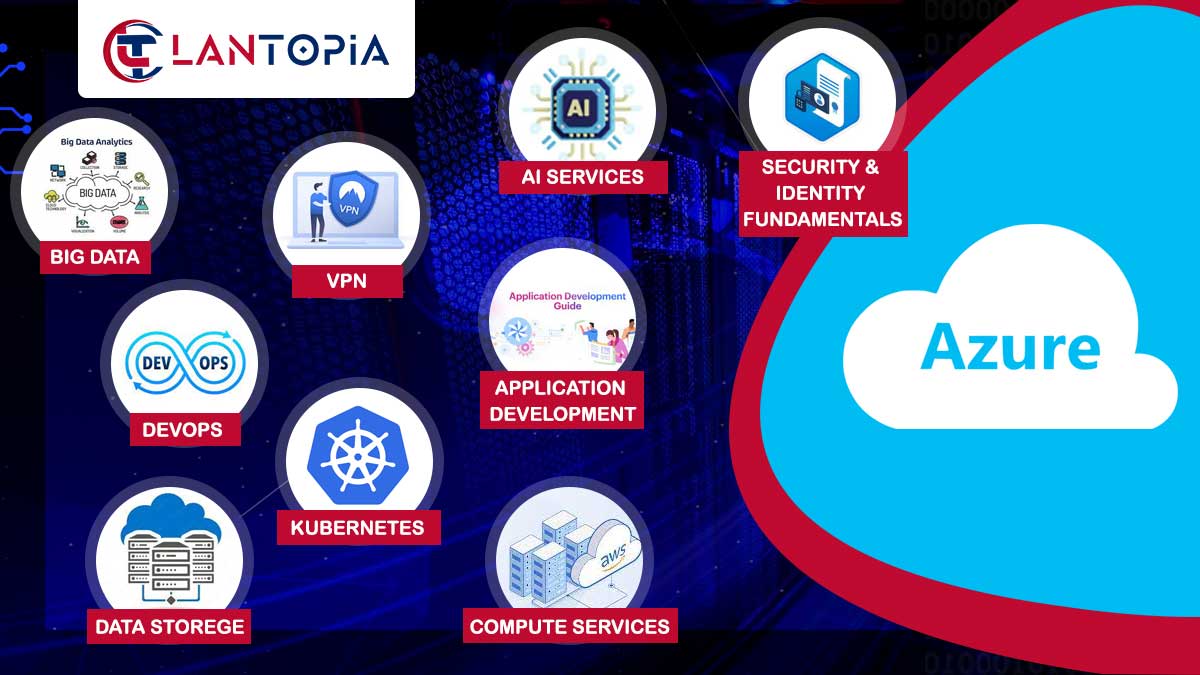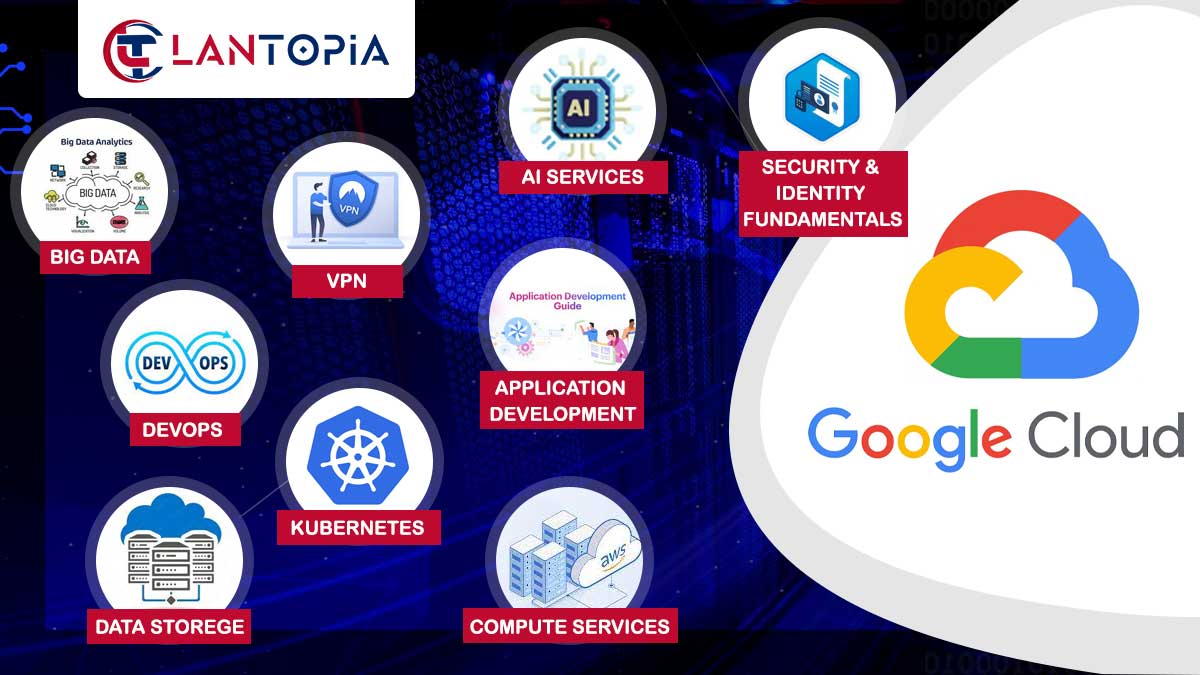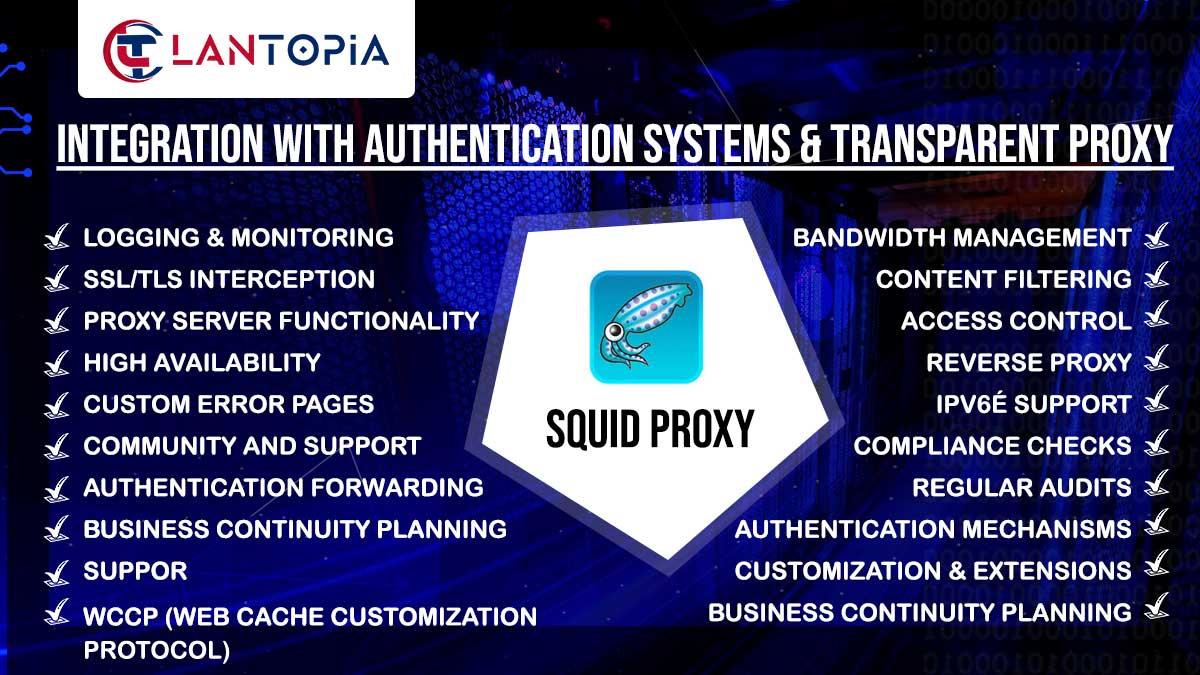- Network Troubleshooting and Support
- Network Upgrades and Future Planning
- Network Monitoring and Management
- Disaster Recovery and Redundancy
LANTopia any Support your network like WAN, LAN, VLAN and VPN, We provide highly Secure network and network policy,
What can you expect to pay? We believe in being up-front with our prices as we respect our customers.
- Remote services are billed at $50/hr
- On-site services are $100/hr with a travel fee of $100 per visit
- A monthly retainer starts from $500 which accounts for 15 remote hours of support. This adds 50% bonus support hours for free and is the most economical and preferred by our customers.
What can you expect to get?
Dedicated IT professional with deep knowledge of the technologies needed to help your business. Recommendations on best practices. Fast turnaround and highest quality work with a proven track record.
We guarantee satisfaction or your money back.
- Network Architecture
- Design a scalable and efficient network architecture
- Plan for redundancy and fault tolerance to ensure high availability
- Consider segmentation for improved security and performance
- Internet Connectivity
- Choose appropriate internet service providers (ISPs) for reliability
- Ensure sufficient bandwidth to accommodate business needs
- Implement failover mechanisms for uninterrupted internet access
- Wired and Wireless Networks
- Design and maintain a secure wired network infrastructure
- Implement Wi-Fi networks with strong encryption and access controls
- Regularly update firmware and security settings for network devices
- Network Security
- Deploy firewalls to protect against unauthorized access
- Use intrusion detection and prevention systems (IDPS)
- Implement virtual private networks (VPNs) for secure remote access
- Network Monitoring and Management
- Utilize network monitoring tools to track performance
- Implement traffic analysis to identify and address bottlenecks
- Monitor network security logs for suspicious activities
- Quality of Service (QoS)
- Prioritize network traffic to ensure critical applications have sufficient bandwidth
- Implement QoS policies for voice and video communications
- Monitor and adjust QoS settings based on changing network demands
- Network Policies and Access Controls
- Establish and enforce network usage policies
- Implement role-based access controls (RBAC) for users
- Regularly review and update access permissions
- VLANs and Subnetting
- Use VLANs to logically segment the network for improved security
- Implement subnetting to optimize network performance
- Ensure proper routing between VLANs and subnets
- DNS and DHCP Management
- Maintain a reliable Domain Name System (DNS) infrastructure
- Implement redundant DHCP servers for IP address management
- Regularly update DNS records and configurations
- Network Hardware: - Choose reliable and scalable network hardware. Regularly update firmware on routers, switches, and other devices. Plan for hardware upgrades to meet evolving business needs.
- Remote Access Services: - Provide secure remote access solutions (VPN, DirectAccess, etc.). Implement two-factor authentication for remote connections. Monitor and audit remote access logs for security.
- Network Documentation: - Maintain up-to-date documentation of network configurations. Document IP addresses, device configurations, and network topology. Create network diagrams for visual representation.
- Disaster Recovery and Redundancy: - Develop a disaster recovery plan for network outages. Implement redundant network paths for critical connections. Regularly test disaster recovery procedures.
- Cloud Integration: - Integrate on-premises networks with cloud services securely. Implement cloud-based networking solutions if applicable. Optimize network performance for cloud applications.
- Collaboration and Unified Communications: - Implement network solutions to support collaboration tools. Optimize network bandwidth for voice and video communications. Ensure seamless integration with unified communications platforms






